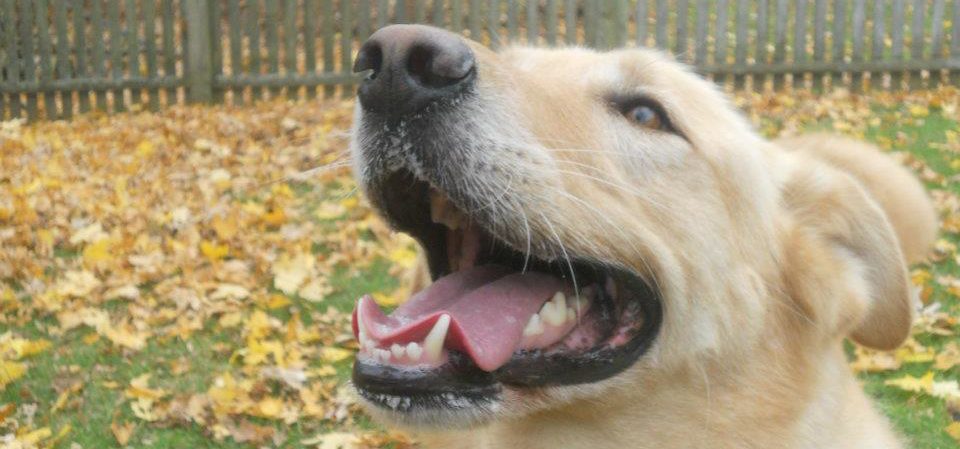
When I took Dakota’s leash to walk her to my car, she dropped nearly to her belly. She slunk, half-crouched, for the two dozen steps across the parking lot. When I opened the car door, she jumped in and immediately slumped to lay on the back seat, face pressed to the cushions, eyes mostly closed. She remained that way for the short drive to my house.
Dakota was what is called a “return” among rescue organizations. She had been adopted by a family with small children, one of whom had special needs. It wasn’t a good match. Her adoptive mom told me she had her hands full and the children more or less swarmed over Dakota, sometimes shrieking in her ears. She had gone from being a happy but shy dog to the one I met, fearing what might happen next. At the end of one particularly chaotic day, Dakota snapped at the air. Then it happened again. Her family decided to return her. I met her adoptive mom in a parking lot and when I took that leash, became Dakota’s foster mom.
I talked to Dakota and sang to her on the ride home, but she still wouldn’t lift her head. Her trembling stopped and her breathing slowed a bit. I took those as good signs. Hopeful signs.
For the next several days, Dakota was ruled by fear. She was afraid of sounds – the traffic outside, household appliances, my cell phone ringing. She was terrified of sudden movements – my hand moving close to her head, one of my dogs unexpectedly coming around a corner, even television images. She viewed new things with trepidation instead of curiosity. She sat on the sofa with her head pressed against the pillows whenever she felt overwhelmed.
Dogs, like people, can let fear run their lives. The energy of fear infuses their reactions and expectations. Dakota adapted by shutting down and withdrawing as much as she could. Her natural curiosity, joy and friendliness were blunted. In her adoptive family, she’d needed a quiet space to withdraw to and she was overwhelmed by the constant, noisy attention of small children.
I gave her time to adjust to the predictable routine that my two dogs thrived on. I gave her breathing room to view her new world from a distance. My dogs would greet her when she came to the kitchen for meals, give her space when they all went outdoors and try to entice her to play. She relaxed and walked upright, no longer slinking. I wondered what would be the one thing that might push her out of her self-imposed withdrawal.
It was a tennis ball.
Like many people with dogs, my house has a dog toy box. There are rope toys to play tug-of-war, there are stuffed toys with squeakers and an assortment of things to chew on. Way down at the bottom were a couple of old tennis balls. One day, after pulling out all the toys on top, my chocolate lab, Josie, pulled out a tennis ball. Not a fan herself, she dropped it and it rolled in Dakota’s direction. Her head lifted and her eyes lit up.
She carefully hopped off the sofa and went over to the tennis ball. She sniffed and prodded it and looked up with a grin. I grinned back. Her eyes never leaving my face, she brought the ball to me. I threw it, she retrieved it and dropped it at my feet. Her tail wagged. We did it again. We played ball for a long while.
Dakota loved every ball she encountered – tennis balls, squeaky balls, rubber balls and kong balls. They made her happy and she knew it, grinning when she spotted one. She simply couldn’t feel terror while looking at a tennis ball. The tennis ball was magic. Because she loved it so, she was ready to let go of the fear of things that might happen and focus on the wonder of the tennis ball in the here and now.
For Dakota, courage wasn’t the antidote to fear. Love was.

